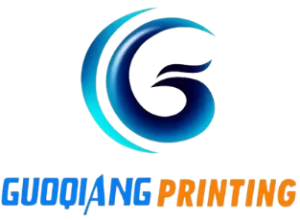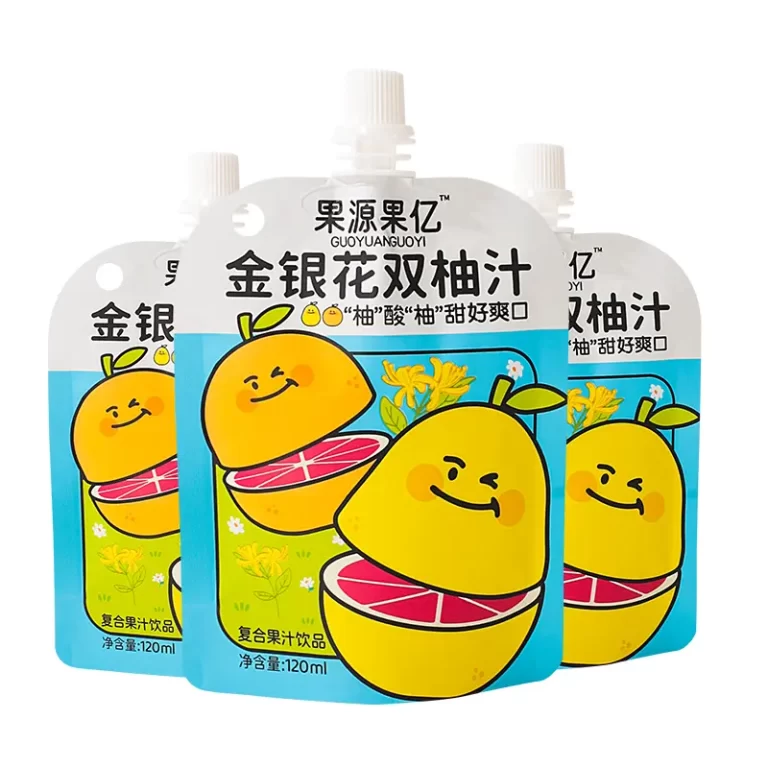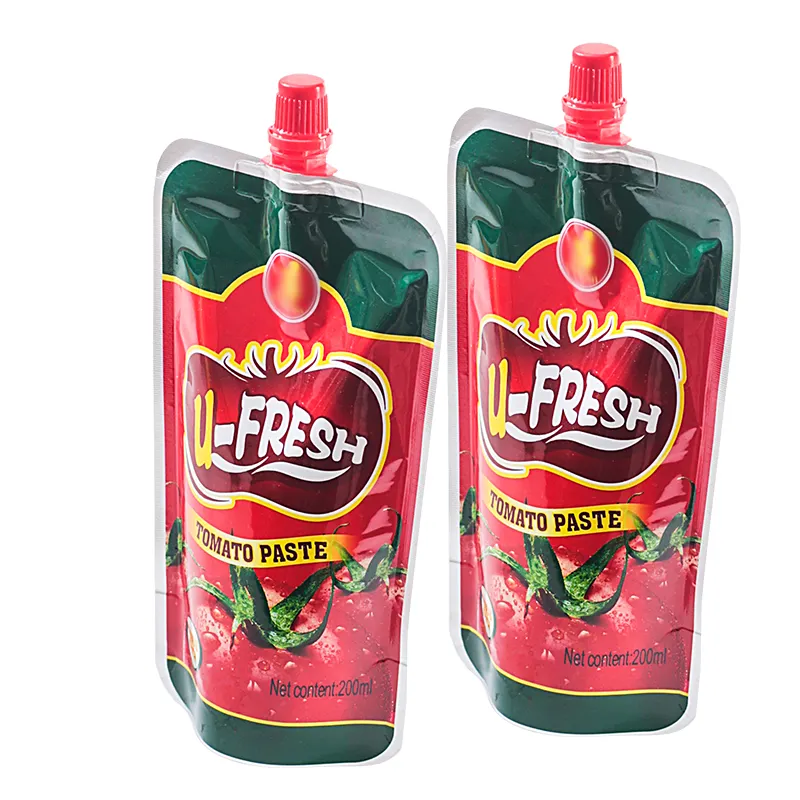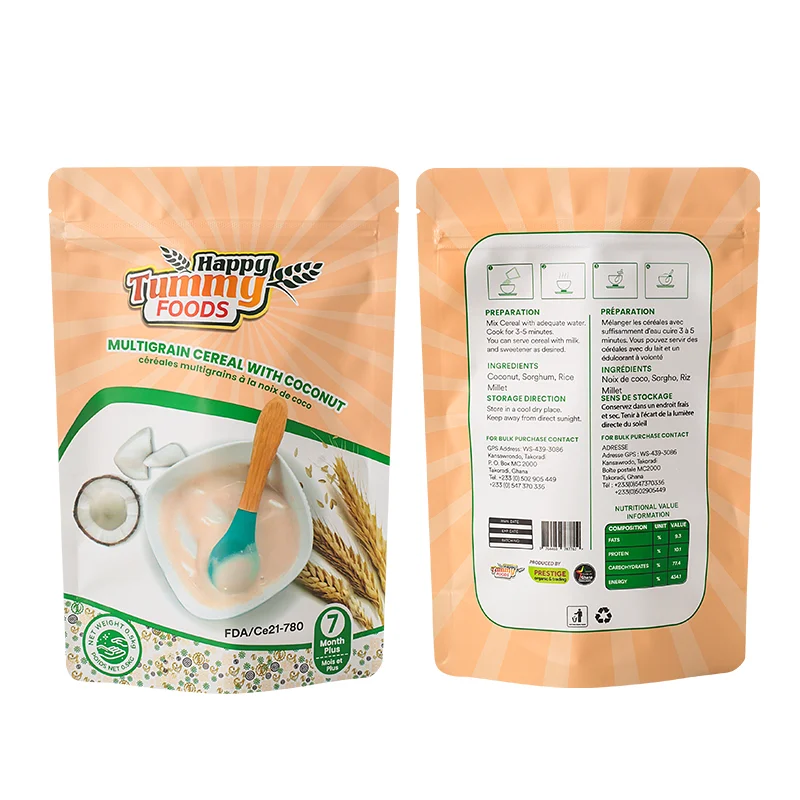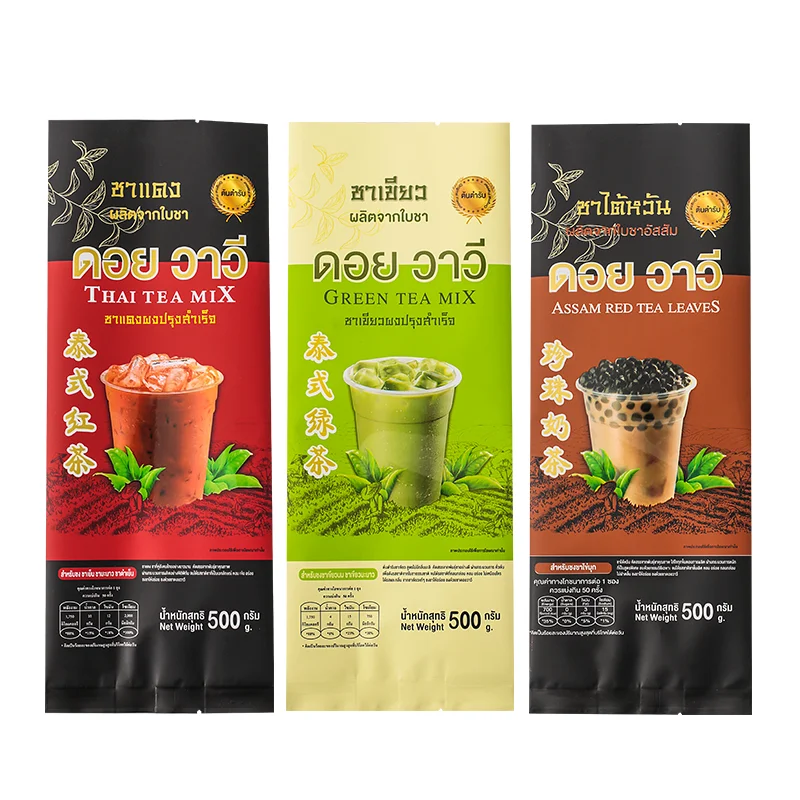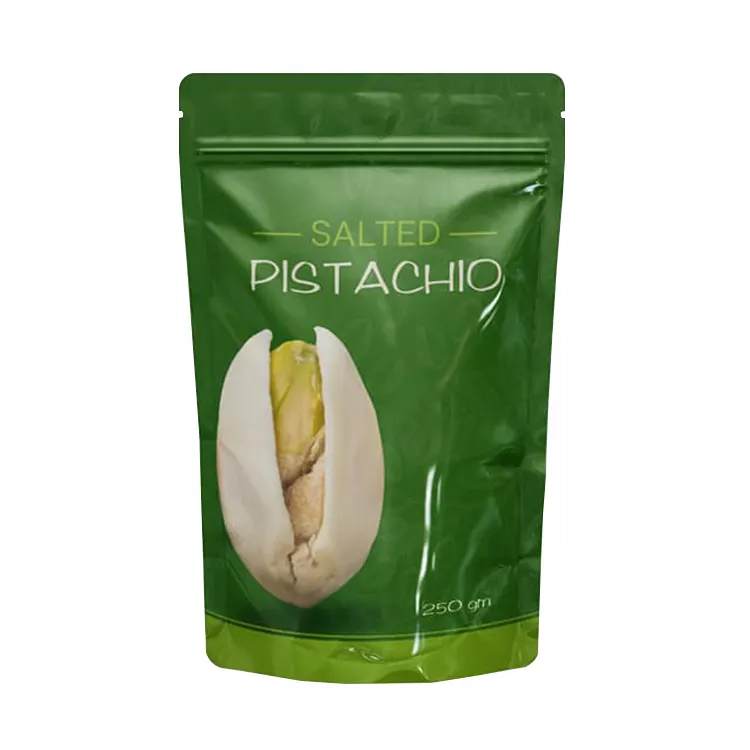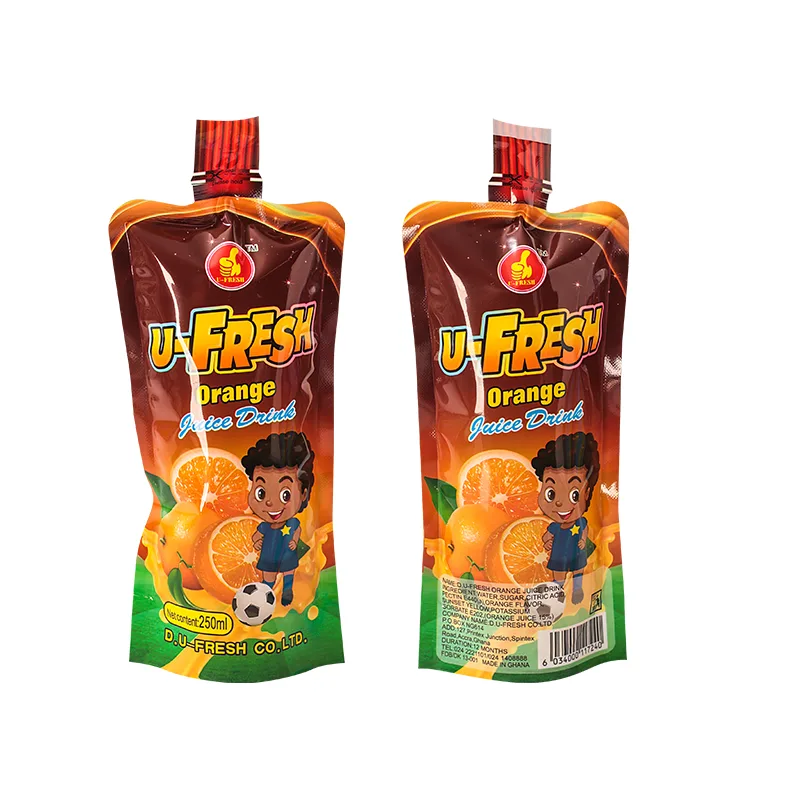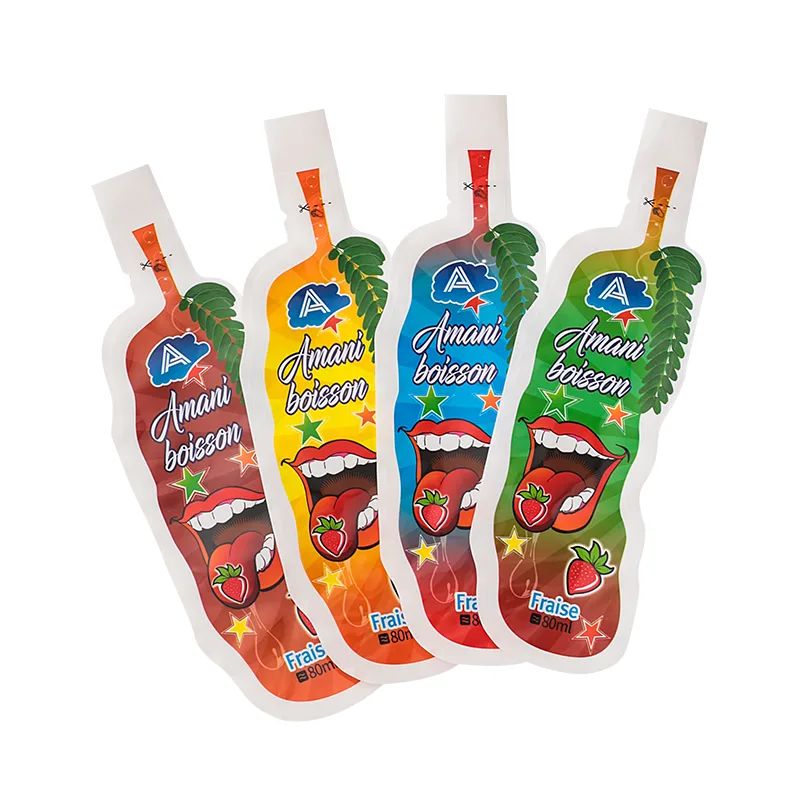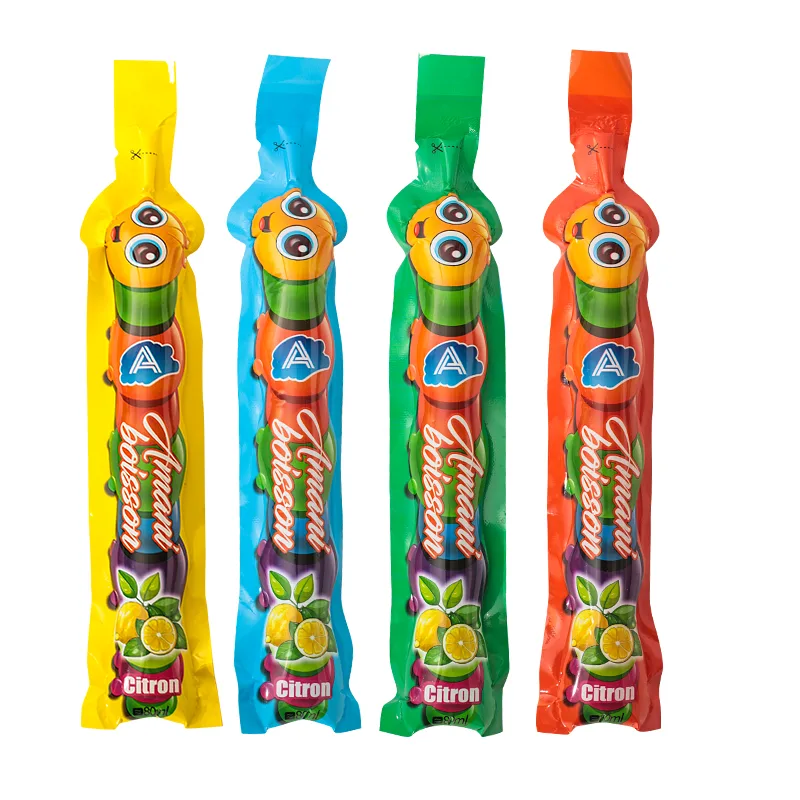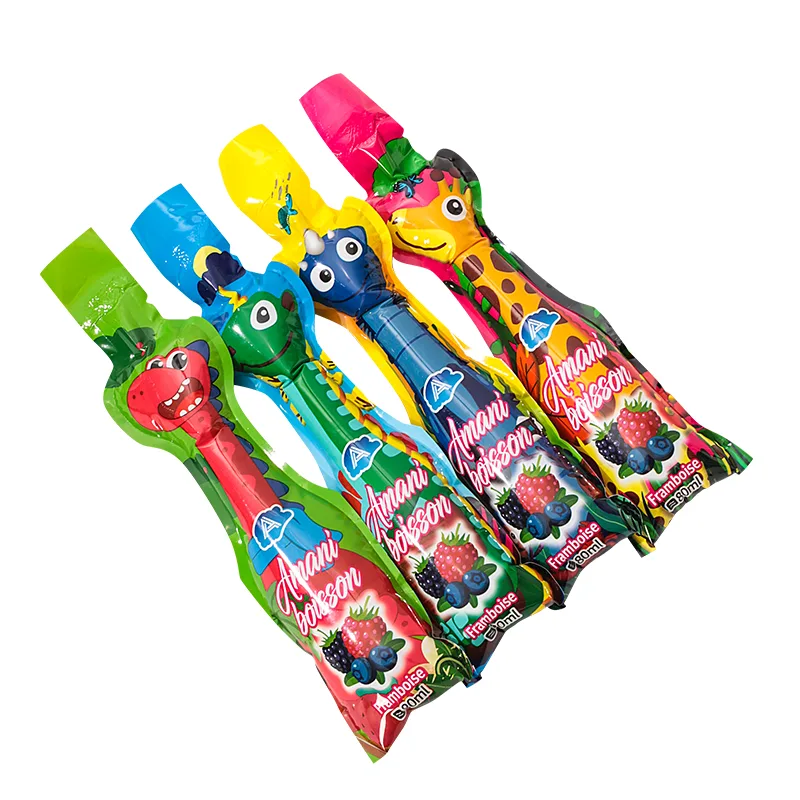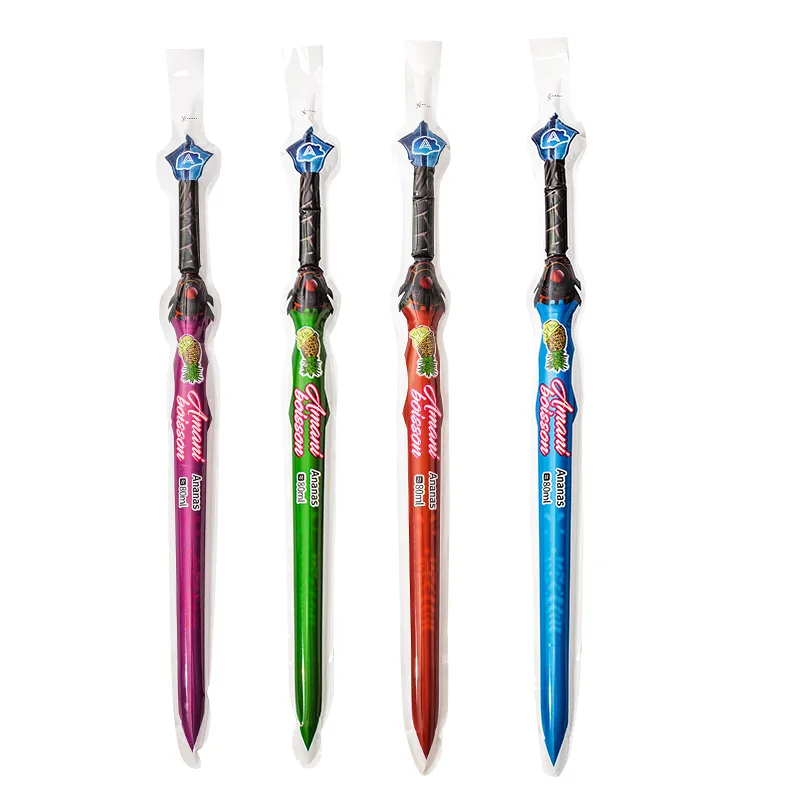“How can procurement pick a package that keeps my product fresh through distribution, meets retailer sustainability demands, and doesn’t blow the cost model?” This is the question that keeps many packaging buyers awake — especially when SKU margins are thin and storage/transport conditions vary by market.
In this article, GQ Pack, a custom flexible packaging manufacturer, will explain to you how to select the right flexible packaging to avoid product failure when it gets to your customers.
Start With Your Product Problems
As a product manufacturer, you shall understand what your products are and how they can deteriorate:
- Form: liquid, paste, powder, whole bean, or fragile chips.
- Failure modes: moisture uptake, oxidation, light damage, aroma loss, crushing, and puncture.
- Use-case: retail shelf, frozen supply chain, e-commerce, or foodservice.
Documenting these upfront converts vague buyer worries into measurable targets — for example, “prevent moisture pickup for 180 days” becomes an MVTR specification you can test against finished pouches.
Transform the Problem into Barrier and Mechanical Performance Goals
Two laboratory values determine the quality of product protection: water vapor transmission rate (MVTR) and oxygen transmission rate (OTR). Select target values based on product shelf life and formula. At the same time, it is necessary to determine the mechanical performance indicators: puncture resistance, tensile strength, sealing strength, and thermal viscosity. For many easily oxidizable products such as coffee and nuts, low OTR is crucial; For crispy snacks, low MVTR is the primary consideration factor.
Please request the MVTR/OTR report for the finished packaging bags from the supplier, not just the data sheet for the original film, as lamination and conversion can affect actual performance.
Product-to-Pack: Monolayer vs. Multilayer
Here is an example of real-world product-oriented mapping of laminate structure (mono-material vs. multi-layer) to product shape that allows you to select materials meeting barrier, mechanical, and process needs — as well as the required compromises to track.
General rule: if the product is extremely sensitive to oxygen, moisture, light, or mechanical shock, or it will be under long/mixed distribution (long shelf life, export, frozen), use multi-layer laminates for protection. If it is short-life, local sales, or recyclability matters, use mono-material construction and use gauge, MAP, or coatings to make up.
Liquid (beverages, drinkable yogurt)
Recommended: PE/PE co-extrusion mono for spout pouches (recyclable, great sealability) OR multi-layer PET/AL/PE or PET/EVOH/PE for ambient, long-shelf liquids or retort/sterilized products.
Liquids demand leak-proof seals and chemical compatibility with the sealant — PE works well as an inner seal. Long ambient shelf life needs barrier & thermal stability (PET + foil/EVOH).
- Trade-off: mono-PE = easier circularity; multi-layer = better barrier and heat tolerance.
Paste / high-oil sauces (ketchup, mayo, nut butters)
Recommended: multi-layer PA/PE or PET/AL/PE; for retort pastes, use retort-rated laminates.
Oil migration and oxygen sensitivity require a strong barrier and grease resistance; puncture/abrasion resistance matters during handling.
- Trade-off: multi-layer gives protection; consider inner PE sealant formulations that resist oil migration; recycling is harder.
Powder (flour, protein powder, instant mixes)
Recommended: mono-PE/PE or PET/EVOH/PE, depending on aroma sensitivity. BOPP/PET outer + PE sealant for good printing.
Powders need a moisture barrier more than oxygen in many cases; powders are light, so thicker mono PE can be cost-effective and recyclable. Use EVOH if aroma retention is critical.
- Trade-off: mono builds (PE) are often sufficient and recyclable; add EVOH for longer shelf life.
Whole beans/coffee (oxygen-sensitive, aromatic)
Recommended: multi-layer PET/EVOH/PE or PET/AL/PE with one-way degassing valve.
The extremely low OTR is required to prevent oxidation and preserve aroma; metallized or EVOH cores + robust outer (PET) give mechanical protection and print quality. Valve allows CO₂ venting.
- Trade-off: best shelf life and branding vs poorer recyclability — consider post-consumer collection or mono solutions only if selling fresh, local product (use mono+MAP).
Fragile chips & crunchy snacks
Recommended: BOPP / VMPET / CPP or PET / VMPET / CPP; PA/PE if higher puncture resistance is required.
Priority is low MVTR to keep crispness, grease resistance, and puncture resistance to avoid tears from handling. Metallized layers help with light blocking and aroma retention.
- Trade-off: laminate offers shelf-life and toughness; mono PE is possible for short-life local SKUs, but may need thicker gauges and MAP.
Practical tips
- If recyclability is a priority, start with mono-PE or mono-PET routes and compensate with thicker gauge, barrier coatings, or MAP; validate finished-pouch MVTR/OTR.
- If distribution is tough (long/variable temps), favor multi-layer laminates.
- Always request finished-pouch data (MVTR, OTR, puncture, seal strength) and run a filled-sample pilot under expected distribution conditions.
Add-on Features and Their Constraints of Flexible Packaging
Decide early about zippers, degassing valves (for coffee), windows, and handles. Each feature affects laminate design and sealing patterns. For example, valves require a stable top-seal area and precise placement tolerances; zippers change seal-bar geometry and may affect hot-tack demands.
Sustainability — Set Achievable Goals
Define “sustainable” in practical terms when communicating with your flexible packaging suppliers: recyclability in your markets (mono-PE works in many regions), recycled content targets (rPET, rPE), or compostability (only where industrial composting exists). Avoid selecting a recyclable film that your target market’s MRFs can’t process. Require the flexible packaging wholesaler to provide MRF acceptance evidence or How2Recycle guidance if you plan on claiming recyclability.
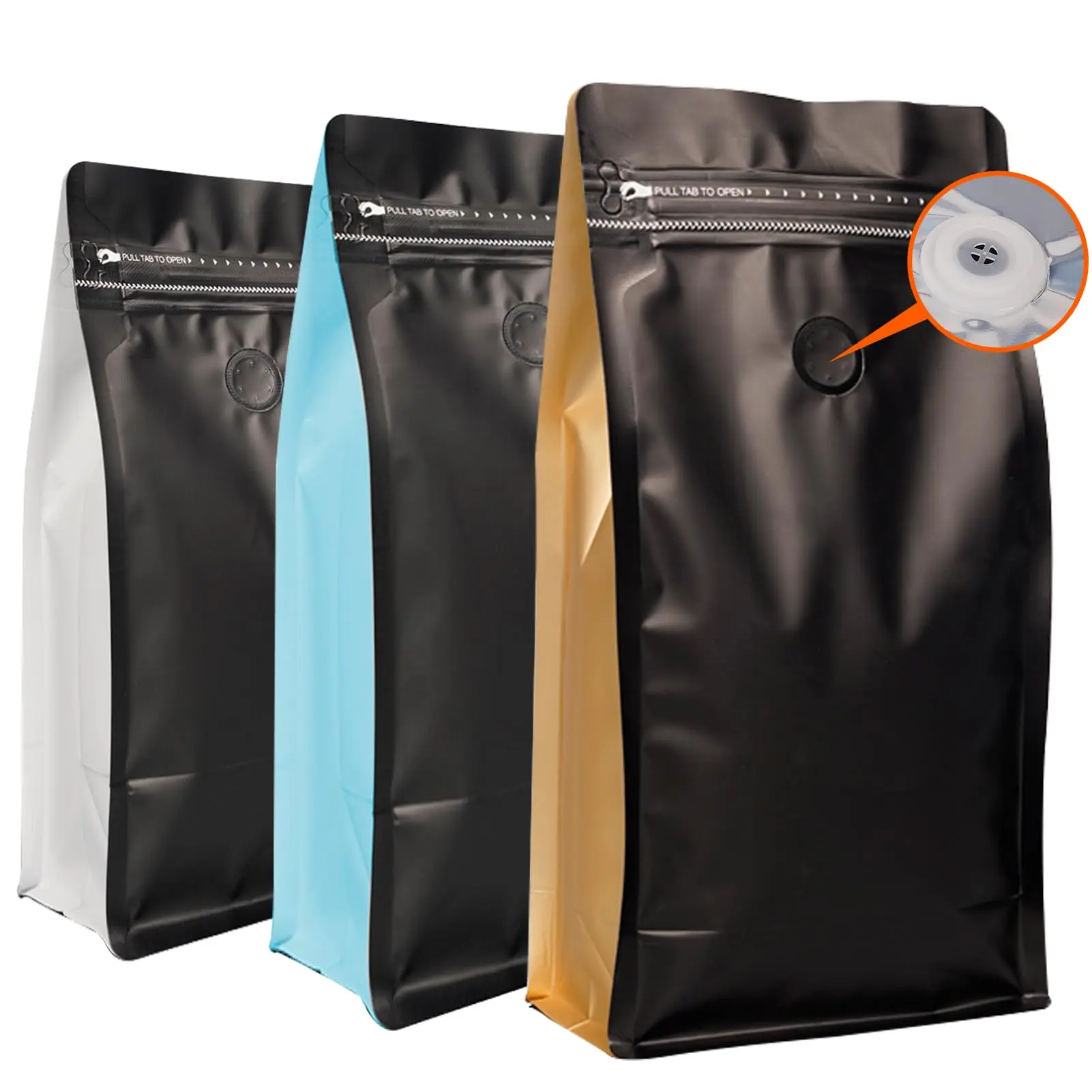
Conclusion
The procurement headache disappears when decisions are rooted in product science: define how your product fails first, set measurable barriers and mechanical goals, then pick the laminate and format that meet those targets while fitting your sustainability and cost constraints. Work closely with converters through pilot runs — the best flexible packaging choice is validated on the line, not guessed on paper.
About GQ Pack
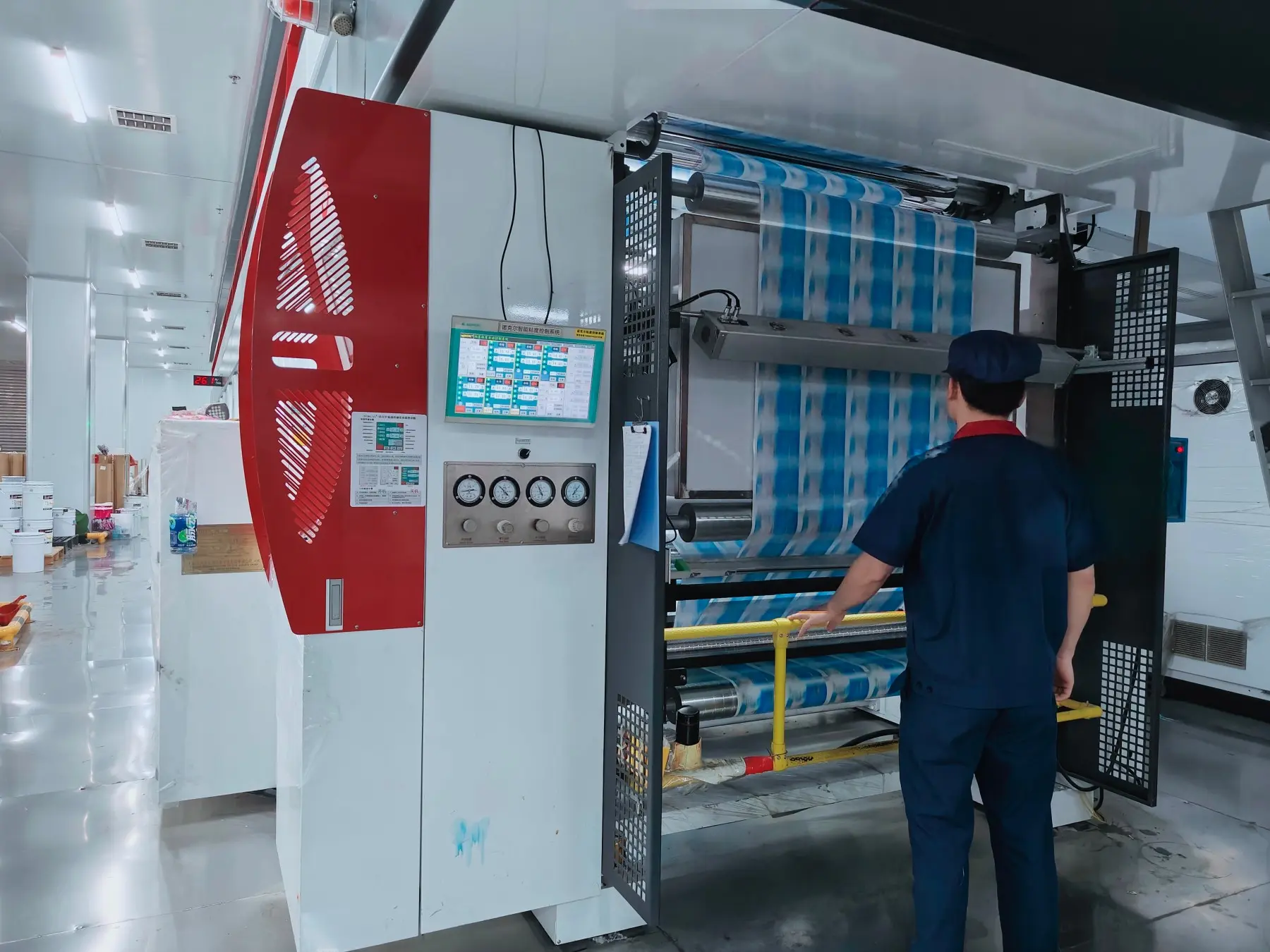
GQ Pack is recognized as a professional custom flexible packaging manufacturer that owns an expert team that can make recommendations to you for your specified products. Our product line is at a fast pace, which enhances our supply capacity. Within a strict QA and QC plan, our yield rate is above the industry standard. Therefore, a custom flexible packaging solution is fully supported in GQ Pack. Contact us for more information about your special customization.
